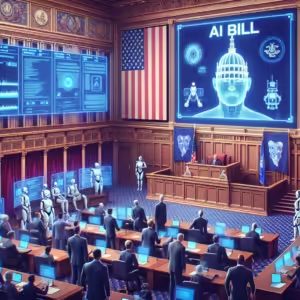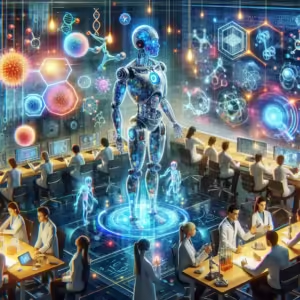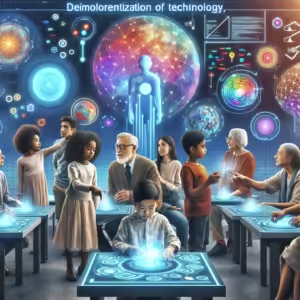The world of artificial intelligence is no stranger to mysteries, and the recent appearance of a new image generation model only adds to the intrigue. This model has rapidly gained attention due to its unique capabilities and the veil of secrecy surrounding its origins and developers. In this blog post, we delve into the intricacies of this mysterious model, what it brings to the table, and the implications it has on the fields of AI and image generation.
Understanding Image Generation Models
To fully appreciate the advent of this enigmatic image generation model, it helps to understand the broader context of image generation technologies:
- Generative Adversarial Networks (GANs): Perhaps the most well-known type of image generation model, GANs utilize two neural networks—the generator and the discriminator—to create images that become increasingly similar to real-world photos.
- Variational Autoencoders (VAEs): Another popular method for creating images, VAEs focus on learning efficient encodings of input data, allowing them to generate high-quality, diverse outputs.
- Diffusion Models: A more recent innovation in the field, these models iteratively refine noise to produce coherent images, demonstrating impressive results.
What Makes the New Model Stand Out?
While the existing frameworks have set admirable benchmarks, this new model is causing a stir with its unique characteristics:
Unprecedented Realism
- It generates images with astonishing detail that closely mimic high-resolution photographs.
- The textures, lighting, and compositions produced are strikingly lifelike.
Speed and Efficiency
- Compared to its predecessors, this model is reportedly faster in generating images, allowing for rapid iterations.
- Its algorithm seems optimized for resource efficiency, requiring less computational power without sacrificing quality.
Versatility
- This model accommodates a wide array of styles and formats, from realistic portraits to abstract art.
- It can potentially adapt to various image generation tasks without extensive re-training.
Who Developed the Model?
One of the most intriguing aspects of this model is the mystery surrounding its creators. As of now, no individual or organization has claimed responsibility. This has led to various theories:
- Secret Corporate Project: Some speculate that a major tech company is testing it under wraps.
- Anonymous Group: It’s also possible that an independent group of developers is behind it, working without the constraints of corporate oversight.
- Academic Research: An ambitious academic project could be the source, aiming to push the boundaries of image generation.
Implications for the Future
The emergence of this new model raises important questions about the future of image generation and AI:
Impact on Creative Industries
- Art and design professionals may find new tools for innovation and creativity, expanding their creative horizons.
- Conversely, there’s potential for ethical concerns around originality and copyright as AI-generated art becomes more prevalent.
Technological Advancements
- If this model’s techniques become public, it could spark a wave of technological advancements in AI research and development.
- There’s potential for new applications beyond art, including automated design systems and enhanced simulation tools.
Privacy and Security Concerns
- As image generation models become more powerful, they could be misused in creating realistic yet fake visual content.
- Developing mechanisms to verify the authenticity of images remains crucial.
How to Stay Informed
With this model’s capabilities stirring up excitement and conversation, here are some ways to keep informed as the story develops:
- Follow AI Research Channels: Many insights are shared in academic publications and tech conferences.
- Engage on Online Platforms: Platforms like Reddit and GitHub can offer community discussions and early observations.
- Subscribe to Tech News Outlets: Websites like TechCrunch regularly update on advancements and discussions in tech.
Conclusion
The sudden emergence of this new image generation model is reshaping the landscape of AI-generated art and imagery. Its unprecedented realism, efficiency, and versatility suggest that we might be standing on the brink of a new era in digital creativity. While the identity of its creators remains a mystery, the implications of their work will likely resonate throughout the tech industry and beyond. As we continue to watch this space, the blend of excitement and caution it inspires will only deepen our engagement with the future of AI.







